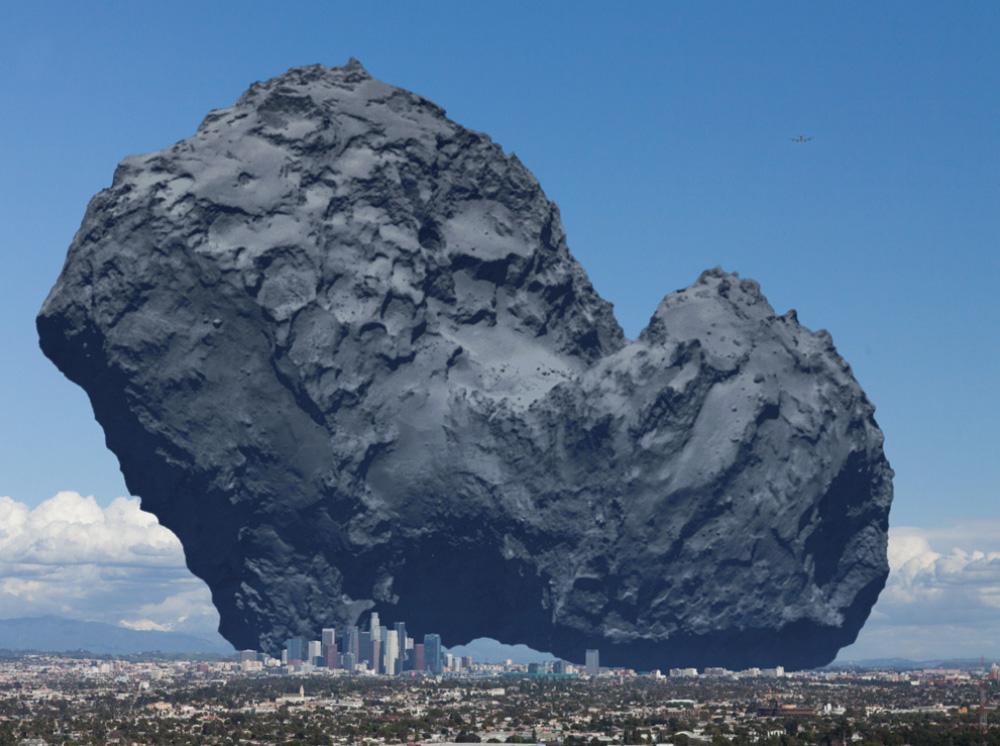Thirty lucky rock fans got the tour
of a lifetime yesterday, courtesy of the Ouray County Historical Society.
 |
| Precambrian rock 1.4 billion years old, exposed along Hwy. 550 near Ouray |
Starting
in Ouray, the geology tour covered faults and rock formations from Ridgway to
Silverton and Coal Bank Pass.
Some
participants were locals learning secrets of their mountains for the first
time; others came from as far away as Denver and Los Angeles and included
several geologists,
Sunny
weather was the biggest surprise of the day after more than a week of heavy
rains. The 2013 tour had been pounded by
rain, hampering views and keeping the group inside vehicles most of the time.
Tour
leaders were geologists Larry Meckel and Robert Stoufer, both of Ouray, joined
by several other local geologists.
George
Moore, a professor at Texas A & M and long-time summer resident of Ouray,
planned the tour but succumbed to cancer in March. He also designed and wrote the 117-page guide
book given to each participant both last year and this year. His wife, Glenda, accompanied the group.
A
day later I’m still dazed by the sweep of geological time we witnessed on the
tour, as well as the grandeur of the San Juan Mountains. I can’t convey any of this in depth, but I
can list ten surprising facts I learned.
1) At
Bear Creek Falls and other spots along Hwy. 550, there’s a 1.3 billion year gap
between one rock layer and the next. The
Precambrian rock there is roughly 1.4 billion years old, and on top of it lies
the San Juan Tuff, only 27 million years old.
Because the Uncompahgre River cuts through the ancient rock, it’s known
as the Uncompahgre Formation.
2) There
were 15 stratovolcanoes in the San Juan area between 33 and 23 million years
ago, and they erupted with pyroclastic debris flows extending to New Mexico,
central Colorado, and near the Utah border.
3) Telluride
is on the eastern edge of the Paradox Basin, geologically speaking. When the Uncompahgre Plateau rose up during
the late Paleozoic era, the basin to its west went down. Red and white rocks of Paleo- and Mesozoic
eras were deposited in it.
4) The
Telluride Conglomerate is hard to follow from place to place because it was
deposited by a system of river channels flowing out of mountains to the
east. Rocks from the Grenadier Mountains
are among the many pebbles and large rocks found in it.
5) The
whole erosional surface that extended over much of Colorado about 50 million
years ago is sometimes called the Telluride Unconformity—also the Eocene
Unconformity and the Great Unconformity.
Volcanic rocks were laid down on it, and then glaciers arrived.
6) There
are sea shell fossils on Molas Pass near Andrews Lake in the Leadville
Limestone formation from the Mississippian era, 350 million years ago.
7) The
Ridgway Fault runs east-west along the foot of Log Hill and marks the southern
end of the Uncompahgre uplift, known locally as Dallas Divide. “Uncompahgria” was one of two island ranges
of the ancestral Rockies.
8) Red
Mountain is part of the debris that fell back into the 10-mile-wide hole made
when the Silverton supervolcano erupted about 27.6 million years ago. It’s red because later hydrothermal pressures
were able to intrude the crushed rock with minerals that weathered to iron
oxides. Layers of volcanic rock outside
the caldera resisted this intrusion.
9) Over
30 geologists in the area meet regularly in Ouray to study and discuss these
things.
 |
| Ouray, Colorado |
10) The geology tour cost $125, a small price
geologically speaking. It covered 1.6
billion years for less than 8 cents per million years.





